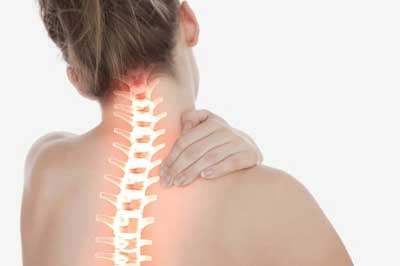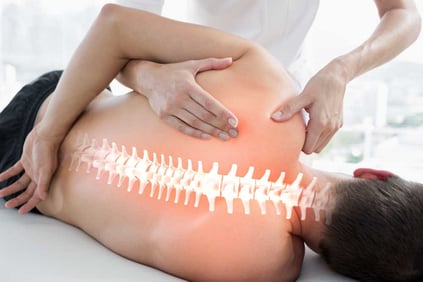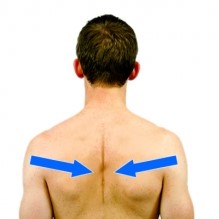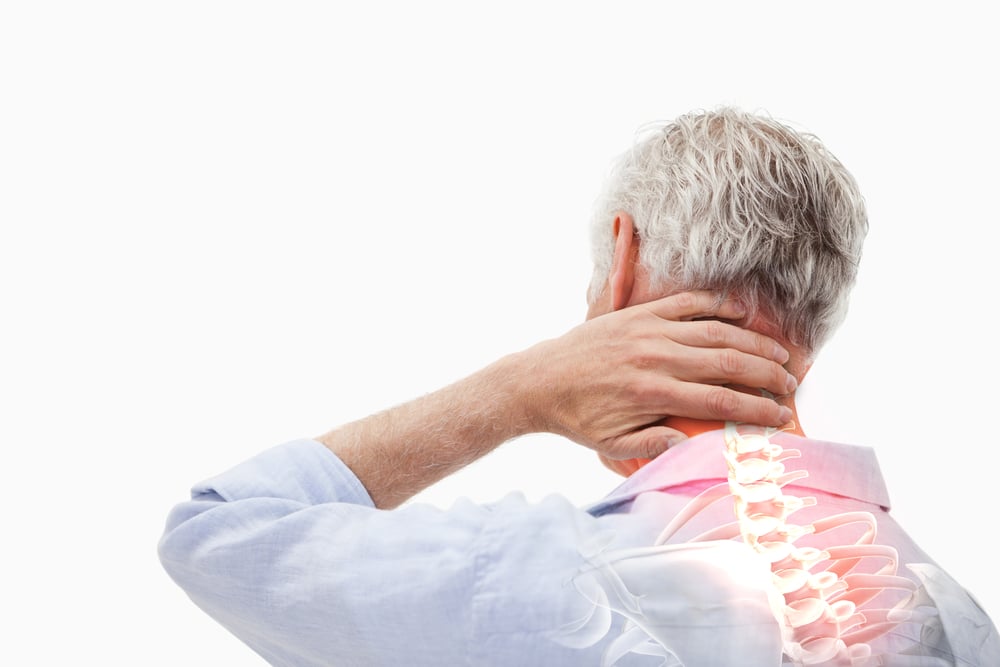Neck weakness in the gym
Everyone has seen the lifter in the gym that is doing dumbbell bicep curls with weight that is clearly too heavy for them. While doing bicep curls, they’re also doing oblique crunches with their neck. Talk about a two for one.
Of course this person should clearly drop in weight, but its more then that: they neglected appropriate muscle recruitment to stabilize the neck, assess lifting posture and maintain good positioning throughout the lift.
Generally speaking, neck pain, neck stiffness, headaches, etc. are occurring more and more in the human population with the development and progression of technology and more time spent on our phones or in front of a computer with poor posture. This often results in the shortening of the muscles behind and the neck and lengthening and weakening of the muscles in front of the neck, having a negative impact on our gym lifts.

Forward Head Posture
An imbalance between the surface and deep neck muscles results in forward positioning of the head on the body and is most commonly associated with chronic neck pain. How does this happen? The central line of the head moves forward changing the mechanics and alignment between the joints of the neck and head. This then results in increased cervical spine (neck) loads contributing to neck arthritis and requires our large neck muscles (i.e. upper traps, levator scapula, scalenes, etc.) to do a job they were never meant to do.
Abnormal movement patterns due to weakness or poor motor control requires other muscles to perform movements that they are not designed for. Persistent overuse and inappropriate use of these muscles thus contributes to and exacerbates neck strains, neck stiffness, and neck pain.
Postural adaptations can often be associated with muscle and nerve problems. Muscles adapt to positioning/posturing and certain muscle activity increases to maintain these new positions and 'turn off' muscles that produce opposing movement patterns. This changes the mechanics and relationship of these neck and upper back muscles and ultimately the efficient operation of the movement system. Movement patterns performed on poor postural foundations contribute to repetitive micro-trauma and perpetuate pain and dysfunction.
What to do for neck pain?
So how do we get your head back on top of your shoulders and keep your neck feeling young while lifting? We’ve got to strengthen and use the muscles that are SUPPOSED to stabilize your neck and promote good posture while lifting.
SCAPULAR (AKA SHOULDER BLADE) STRENGTHENING
A study looking at the effects of deep neck flexor muscle activation in patients with chronic neck pain (Im etal., 2016) shows that people with forward head posture have an increased anterior tilt of the scapula (shoulder blade), decreased serratus anterior muscle activity and increased scapular internal rotation with shoulder flexion (lifting the arm up). This results in overuse of the upper trapezius to rotate the scapula during overhead reaching, contributing to neck strain.
By decreasing participation in the upper trapezius and facilitating the force couple between the weak serratus anterior and lower trapezius muscles, we can maintain scapular position and movement without overuse of the muscles that attach to the neck.
SIMPLY PUT: the shoulder blade can be poorly positioned due to the wrong muscles being overactive and the right muscles being weak or inactive. We need to retrain the movement pattern to avoid strain on the muscles that attach to the neck.

- Pinch your shoulder blades together as if you’re trying to hold a pencil between them.
- Maintain static hold x 10 sec then repeat.
2. Serratus Punch
- Lying on your back hold a weight in your hand with the arm in a straight vertical line.
- Punch the elbow up toward the ceiling, maintaining elbow extension throughout the lift
STRENGTHENING AND RECRUITING DEEP NECK FLEXORS
70% of people with chronic neck pain exhibit decreased strength and endurance of the deep stabilizing neck muscles (Kim et al., 2016, Effects of Scapular Stabilization Exercise on Neck Posture). The longus capitus/colli are two deep neck muscles that play a major role in postural control and neck stability.
When motor control is impaired, neck muscles closer to the skin are recruited. This then results in inappropriate use and can lead to pain or injury. Someone with postural neck strain and fatigue, as well as whiplash, typically displays this pattern.
1. Chin Tuck- Draw your ears back so that they are in line with your shoulders.
- Perform sitting or lying down.
- Head Nod
- Gradually nod the chin down and feel for any accessory muscle involvement.
CERVICAL EXTENSOR AND PECTORALIS MAJOR/MINOR STRETCHING
- Levator Scapula
- Tuck chin and turn head to point nose towards opposite armpit
- Same side arm can add overpressure at the top of the head, gently pulling the head farther into the stretch
- Opposite side arm should be hanging at side or holding onto the sitting surface
- Upper Trapezius
- Tilt opposite ear towards the opposite shoulder
- Same side arm can add overpressure at the temple, gently pulling the head farther into the stretch
- Opposite side arm should be hanging at side or holding onto the sitting surface
- Pec Major/Minor Doorway stretch
- Step into the doorway with one foot in front of the other, similar to a lung stance
- Elbows should be even with shoulders at a 90 degree angle.
- Lean into the doorway maintaining neutral position of the head (engage chin tuck)
The exercises seem simple but they are very specific to the stabilizers of the neck. Use these exercises prior to your workout as an activation and recruitment intervention before a lifting session. A workout with these concepts will promote good posture and an effective foundation for lifting.
If you are struggling to perform these exercises or need more hands-on relief, reach out to us on our contact page Glackin Physiotherapy, LLC is located in the Colosseum Gym in Columbia, MD 21045.
Physical therapy for neck pain in Columbia and Baltimore, Maryland
If you have neck pain, fill out our form in the top right of the menu today!




